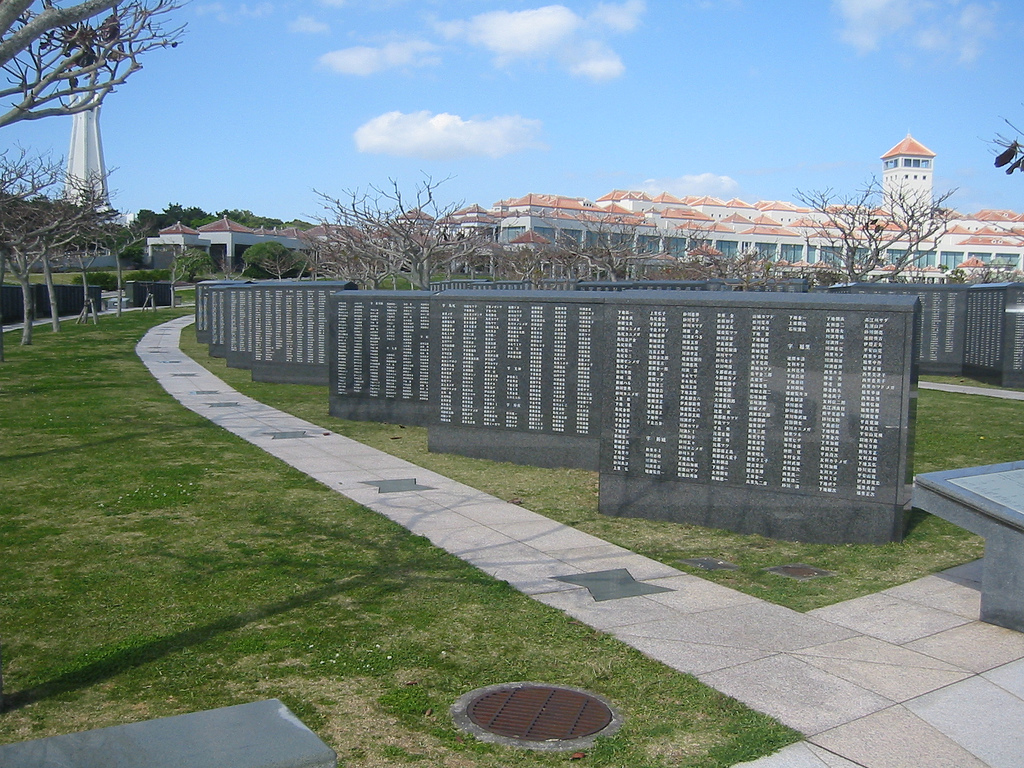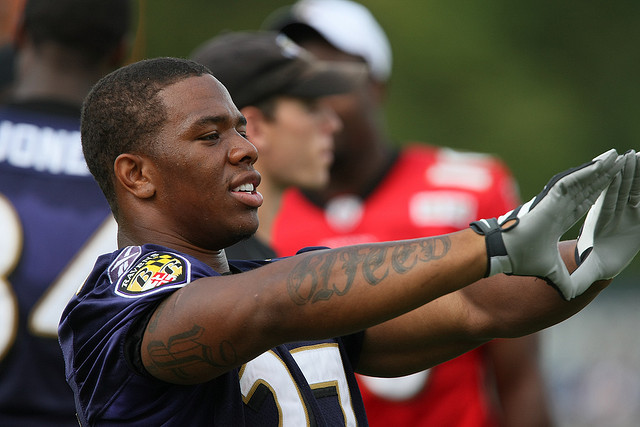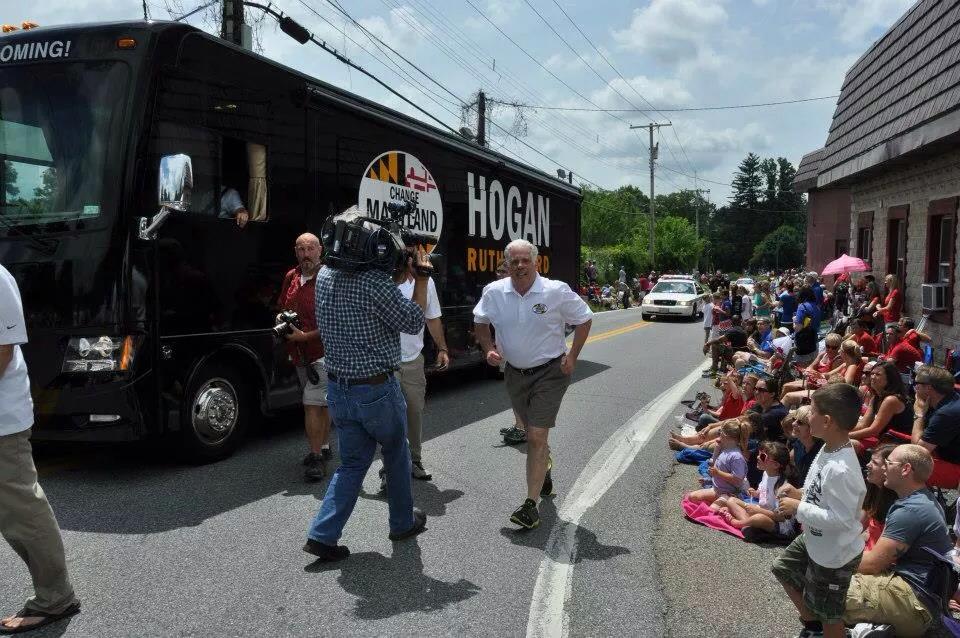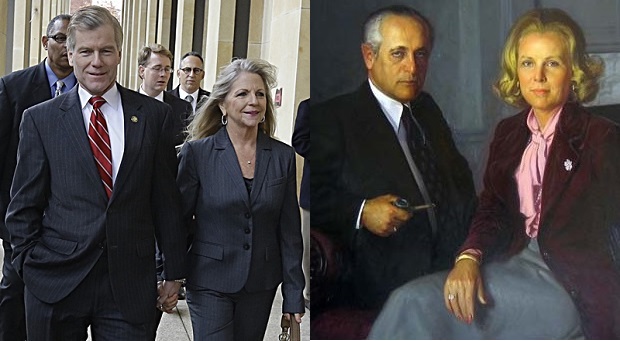Eighty years ago, on April 1, a Sunday in 1945, seven troop divisions, four Army, three Marine, landed on the beaches of Okinawa, a remote tropical island the size of Prince George’s County.
It was the largest amphibious invasion of the Pacific War, and its bloodiest battle, particularly for 450,000 civilians on the long narrow, hilly isle. A quarter of the inhabitants would die in the course of intense combat and heavy bombardment from hundreds of Navy ships and aircraft.
On Tuesday, Okinawa, you will see none of the elaborate commemorations of the D-Day invasion in France that took place last year. There are no quaint villages with ancient churches, well-stocked wine cellars, and cute cafes. In 1945, few buildings were left standing.
From D-Day, it took Allied forces 11 weeks to conquer 150 miles of German-held territory and reach the un-bombed city of Paris.
From the landing beaches in central Okinawa through its heavily fortified hills and extensive caves to its southern tip 20 miles away, it took 12 weeks of fierce fighting.
The intensity of the resistance and the extraordinary number of casualties, both military and civilian, in what the Japanese considered part of their homeland, were among the key factors in the U.S. decision to drop atomic bombs rather than launch the invasion of the home islands planned for the fall.
The American troops that survived Okinawa, including my father, had no doubts about the wisdom of that decision to drop the bombs. It saved them from another brutal invasion.
Peaceable kingdom
Okinawa had been an independent peaceable kingdom with ties to China until Japan took it over in 1879. Okinawan kings had banned weapons on the island for centuries, leading to the development of karate, a weaponless martial art defense.
Unlike D-Day and the dramatic march across Europe to Berlin 11 months later, the brutal battle of Okinawa is little depicted in film or TV. The most recent movie is Hacksaw Ridge, a film centered on the conscientious objector Desmond Doss, an Army medic who saved countless lives and won the Medal of Honor. A snippet I particularly remember as Doss arrives on the scene is a truck full of dead bodies from the 96th Division in which my father served.
I visited Okinawa with my father on the 50th anniversary of the battle in 1995 and produced several stories for Patuxent Publishing’s weekly papers. With permission, I republished those stories on MarylandReporter.com. There’s a list and links to these stories at the bottom of this article.
My father didn’t talk about his wartime experiences until decades after the war was over, which is fairly typical of combat veterans of many wars. Besides my father’s tales, I interviewed a number of veterans, including former Sen. Danny Brewster, whose distinguished service on the island as a Marine officer helped boost his political career.
On the 50th anniversary of the battle, the Okinawans dedicated a huge memorial, the Cornerstone of Peace, with hundreds of black granite slabs on which are inscribed over 241,000 names of those who died from the battle – 149,000 Okinawans, 77,000 other Japanese, mostly soldiers, 14,000 Americans, and hundreds from other countries.
The Okinawans need no reminder of the American invasion. The U.S. military is still there in two major air bases, a port, multiple camps, and other facilities occupying 14% of the island. It is the base for the electronic spy planes that fly up and down the Chinese coast, constantly buzzed by Chinese fighters. Many of the Marines have been shifted to Guam at the insistence of the Okinawans, who would like to be rid of all the Americans, a likely target for any armed conflict with China over nearby Taiwan.
As the battle waged in 1945, the American public paid little attention. On April 12, Franklin Roosevelt died, and Allied forces were making their final drive to Berlin, leading to VE day on May 8. There will likely be little attention paid this week.
Previous stories
MarylandReporter.com republished three of those stories 10 years ago, putting them up on the internet for the first time exactly as they were written then.
The first story, Okinawa: The final battle revisited, is largely the tale of the 96th Infantry Division and my father’s return to the island in 1995.
The second, Okinawa: Remembering all the dead, is about the memorial park dedicated 30 years ago and an interview with the governor of Okinawa who made it happen.
The last, Okinawa: It was kill or be killed, includes other interviews with Maryland veterans of the battle, including the late U.S. Sen. Daniel Brewster.
https://marylandreporter.com/2012/04/02/remembering-the-final-battle-of-world-war-ii/







Recent Comments